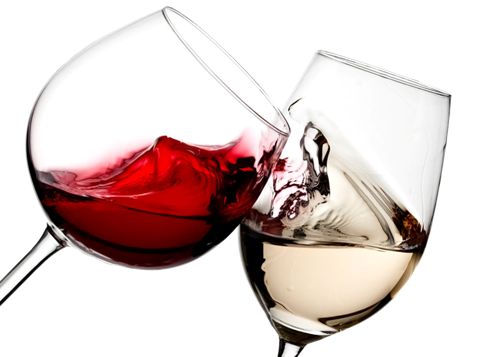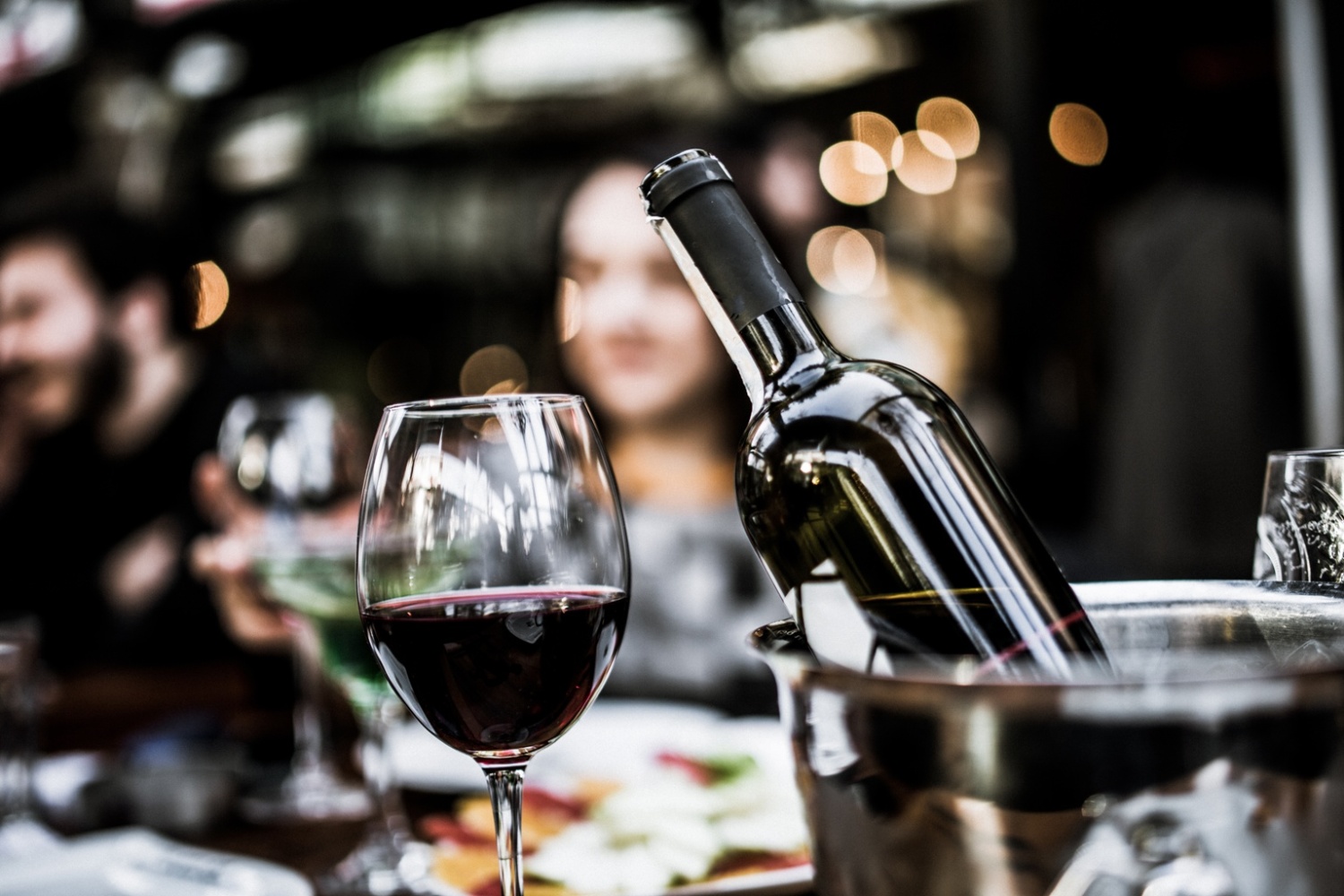
The basic rules of the wine collector is very simple: buy from reliable wine that can improve over time and keep it properly in your cellar or specialty store. I know this from personal experience of communication with colleagues and clients.
In recent years, the problem of reliable suppliers of wine is in the focus of attention. There is much talk of provenance and the wine counterfeits – the most important aspects in the formation of a good wine collection. Can’t develop beautifully, the wine that was ruined by heating on the way to the buyer. The forgery even more.
But even if you bought a great wine from a very reliable seller that brought him the most carefully – will it all go to pieces, if it will be stored incorrectly.
How to store wine collection?
The main rule: the wine must be stored under constant low temperature and a relative humidity of approximately 75%, to reach sunlight and vibration.
Temperature has a direct impact on the characteristics of aged wine.
Lower temperature – say, 10°C – slows down the hydrolysis (the chemical process of aging) and the evolution of the wine, allowing it to develop more complex aromatics. Wine stored at 15.6°C – the upper range is suitable for long-term storage temperature will grow faster and probably not as rich.
The ideal storage temperature for most wines – 12.8°C
Regardless of your cellar fits this range or not during long-term storage is more important the constancy of temperature than its actual value. Large temperature fluctuations lead to uneven ripening and more scarce the aromatics.
Summing up: the main thing is temperature stability. Cool – desirable.
The relative humidity in the region of 75% supports the tube in a condition contributing to slow and stable access to external oxygen to wine.
It is believed that wine is best kept not “lying” and at an angle so that part of the air bubble in the bottle in contact with the tube, but the tube was wetted with wine.

But very few wine racks designed for a corner. In the absence of such, the following to keep the bottle in a horizontal position or even upside down, about not “standing”: the tube should be wet with wine.
10 years ago I held an auction of the wines of the famous Scandia restaurant in Los Angeles, which opened in the late ’40s. More than 10 years, the restaurant was not working. Unfortunately, many of the wines provided to me though was stored in the original cartons at controlled conditions of temperature and humidity, but – “standing”.
Most of the wines, which I appreciate, was brilliant: Pinot Noir and Cabernet from Hanzell from the ’70s and’ 80s, the old Cabernet from Mayacamas and Heitz, Pinot from Chalone and Calera 80s, but the traffic… a nightmare. Because, to put it mildly, imperfect storage conditions, these wines went off almost at bargain prices.
Very little attention typically is paid to light and vibration – topics that necessarily should be raised with the contractor during the construction of the cellar. Light can harm the wine: by itself and by the heat that causes the lighting.
Harmful vibrations
Vibration is a topic which causes the most problems when working with private wine cellars.
Chemical reactions of the wine growing accelerated under frequent mechanical impacts. The result is less interesting bouquet.
Here’s an example: a beautiful, specially designed wine cellar in Northern California. On paper it has a wonderful location: in the recess that provides protection against heat, controlled humidity and temperature.
However, shortly after placing the wine in his new store, I have found that in the adjoining cellar room is Underfloor heating. He not only made the corner of the cellar is warmer, but also created a small vibration.
The space reserved for the rarest wines master collection with beautiful cabinets, and remained empty – because of concerns related to the impact on wine of uneven temperature and vibration.
Of course, a well-equipped wine cellar is the perfect option. But not everyone can afford one. A great alternative to serve the special wine refrigerators. Sizes they are the most different, and quite justified, providing the safety fault and the conditions for its proper development.
I’ve seen garages filled entirely with wine fridge cellar is quite the alternative.
In areas with a temperate climate, like San Francisco- you can do a “natural” cellar in the basement (for medium-term storage). Not that I was advised by someone to store in the basement of Bordeaux 1er Grand Cru intended for resale, but many of the wines in these cellars can keep good form more than 10 years.
If you are just beginning to collect wine – choose a cool and dark place as possible, somewhere in the center of the house – like a closet or large Cabinet. It is suitable for wines that you expect to keep 3-5 years, not longer.
For rare and expensive wines require specialized storage, if you don’t have equipped cellar or professional wine fridge.
The safety
Home or in a special store, the safety and security of your wine collection needs to be at the forefront.
Most collectors believe that a sufficient measure would be “keep away from children” or from his wife with some friends who can talk to “persuade” something particularly valuable, not understanding. Few people think about the different kinds of force-majors and even fewer people bother to visit the collection in a special storage area and to verify compliance with the temperature regime there.
Most professional wine storage are closely monitoring the safety of collections to their customers. Some even broadcast the temperature and humidity in real time on their websites. But mishaps happen.
One client came to me after the disaster that happened to his collection. More than 10 years he collected wine, hoping to open a wine bar after retirement.
By monstrous coincidence, the state-run liquor store in his hometown in Canada happened two misfortunes at once: the failure of the air conditioner and problems with humidity due to failure of spray. The situation went unnoticed for almost 10 days, during which he managed to develop mold. And unfortunately, dreams from my client about the wine bar was broken.

Control and control again
The most valuable wines may turn into nothing in the irresponsible storage. One of the major benefits of professional storage – in simplicity and convenience.
But how to confirm my other client from new York – control is still required.
He acquired a relatively small collection of vintages 2000 and 2005 Bordeaux 1er Grand Cru of Sauternes, and Domaine de la Romanee-Conti the best vintages of the last 15 years – all in original wooden cases. The cost of the collection was evaluated by two auction houses in the $1.3 million.
It was purely an investment purchase, so the wine he had not even taken off, leaving storage in the new York store where he purchased it. When he decided that the wine it is time to sell, it was in for a shock: the shop sold most of the bottles.
The store acknowledged the sale but said that this was done “to cover costs”. When we summed up what is left, then found out that wine was not more than $100 thousand. My astonishment had passed so far.
The conclusion is simple – says the head of the Domaine Wine Storage (companies involved in storage and logistics of wines) mark Lazar – don’t store your wine where bought. “This simple rule will avoid any such problems with and changes of owners, says mark. – We are also not immune from mistakes. But the temptation to sell or a substitute for foreign wine is missing from those who don’t sell them retail, in addition to storage”.
Many retail sellers offer storage services. However, I advise my clients to restrict access to their wines in such warehouses. And suggest to make regular audits of their collections – what’s in your cellar that spetshranilischah.
Wine is a fragile substance. Temperature fluctuations can ruin even the most persistent of them. Humidity can damage the labels, capsules and corks. And rodents are able to chew through boxes and wooden cases.
The best way to take care of your wine is to keep an eye on him.

